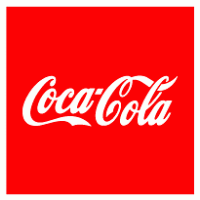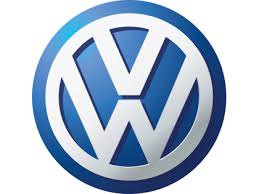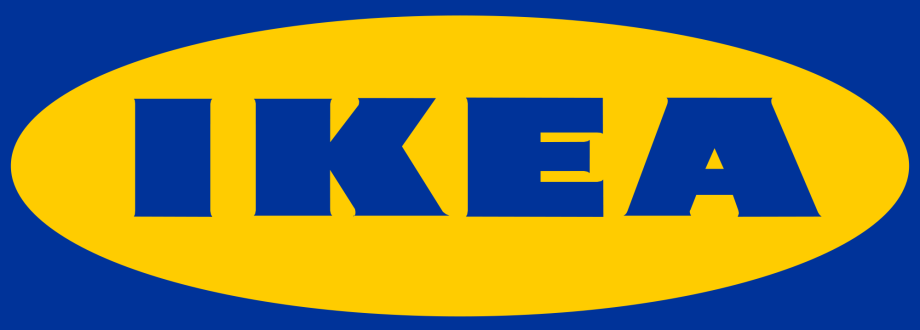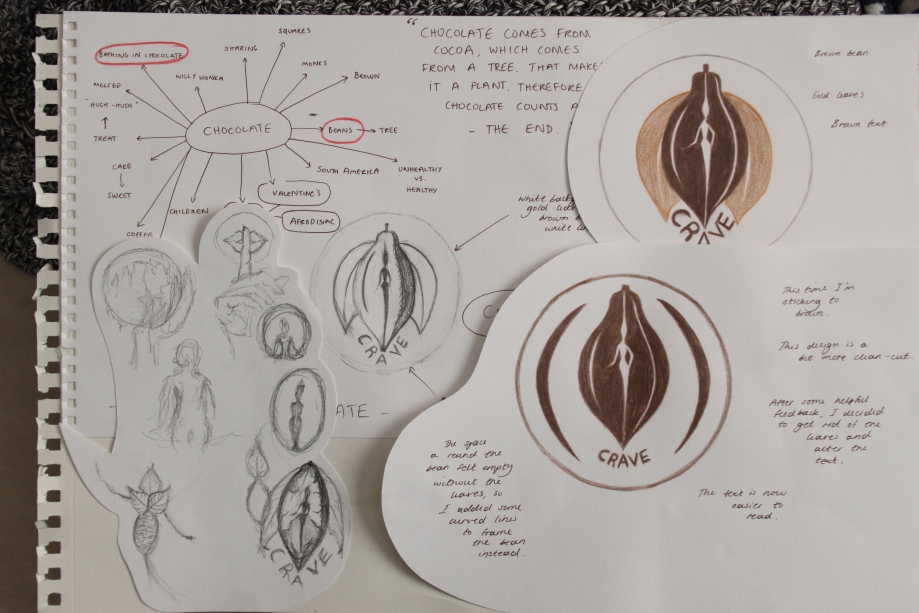QUESTION 1
“Look at the following logos (Coca cola, Volkswagenn, Visa) and explain in your own words what you consider their positioning to be (do this for each one)”
Positioning – How customers perceive one brand as distinct from its competitors.
Questions to be asked:
Who are you? (product or service?)
What does the brand do?
Who is their target market?
How are they different?
What is their promise? (why do they do what they do?)

Coca-cola is an American company that produces soda drinks – their most popular being Coca-cola. They target everyone – everyone has seen the coca-cola logo, and most see it several times a day. Coca-cola produces the original Cola drink, and that is what it makes it different from every other cola producer. They promise the most refreshing drinks that are musts in social settings – a “guarantee” to enhance the every day experience.
Coca-cola’s biggest competitor is Pepsi. Most people prefer one or the other, and rarely like both. Coca-cola, however, possesses the original taste. So, in my opinion, Pepsi shouldn’t really be a competitor. They do compete for “healthier” versions of their products – for example Pepsi Max vs Coca-cola Zero/-Light. They also focus on different aspects of “soda drinking”. Coca-cola focuses more on the social side of things while Pepsi focuses mostly on experience.

Volkswagen is a german company that produces reasonably priced, good quality, cars. They aspire to become a global economic and environmental leader. Within their brand portfolio they have Bentley and Bugatti (and more… that i wouldn’t consider reasonably priced… but ok.) They target upper middle class offering better service and quality for money. Their promise is comfort, quality, and good customer service.
Volkswagen has a few competitors. But right now, they’re in a bit of trouble because in recent news it was revealed that Volkswagen don’t seem to care as much about the environment as they make out to. This means that they haven’t kept their brand promise, and has made them less credible. Toyota is their biggest threat at the moment.

Visa is a debit card brand which is used worldwide. It’s used to purchase products in an easy straight forward way, and takes a small fee for each transaction. The card can be issued to anyone above the age of 13. It’s a simple tool, practical, and free – because the transaction fee is usually payed by the store. Visa is a safe way of payment as it reduces the risk of fraud. They promise to make our life simpler, easier, and safer.
Visa’s biggest competitor is MasterCard. They both work similarly. Much depends on the bank that issues the card, than on the type of card you have.
QUESTION 2
Look at the logo on the Apple iPhone and, by doing your own research, investigate the history of the product and the company that manufactures it, Give an outline, in your own words, of what you consider the following to be:
Describe its brand identity – exactly as you see it
What do you think its positioning is currently?
What to you think the strategy for this specific product was?
What research do you think was done on this by the company who made it?
– Describe the iPhones and Apples brand identity exactly as I see it.
When I think of Apple, or iPhones, I think of money. Just because they’re so expensive. I remember my first iPod (I’ve never owned an iPhone). It was one of those old chunky ones – and it was before the color screen. It was fantastic. But I just saw it as a walkman for the upper class.
The brand is attractive, and I understand why people want the elegant sophisticated iPhone – dedicating themselves to the oh so well known bite-of-the-apple logo. However, I think that the iPhone is all about looks, and less about functions. But thats just me.
– What do you think the iPhones positioning is currently?
Apple’s competitors are Android, Blackberry, and Windows Phone. I personally prefer Android, though I own a Windows Phone. For example, I think the new Samsung Galaxy Edge is far more superior to the iPhone. But according to the general public, I don’t think these brands are any match for the iPhone. And I think that Windows Phone and Blackberry are way behind the iPhone.
– What do you think the strategy for this specific product was?
I think the strategy for this specific product was to make a product that stood out – and something that would want you to buy other Apple products. They most likely used the SCAMPER method to improve the already existing iPhone. A fellow student mentioned an eco system existing among Apple products. Once you own an Apple product its easy to acquire other Apple products because they all cooperate with each other. I have a mac, for example, and it does not cooperate well with my Windows Phone. The iPhone therefore becomes a starting point for an Apple shopping spree.
– What research do you think was done on this by the company who made it?
As mentioned before, I think Apple used the SCAMPER method to improve their product. (There are many jokes going around that the changes Apple makes to their product are ridiculously small, but it works every time.)
I think the producers took the time to get to know their customers and what they liked most about their products so far. They got to know what they didn’t like, and made adjustments to assure a more successful and user friendly product.
QUESTION 3
Now take the same product as in question 2 and explain, in your own words, how the visual element (in this case, the logo) fits in with the brand identity.
Apple’s logo symbolizes an apple thats been bitten into. It reminds me of the account of Adam and Eve. The temptation of the forbidden – or exclusive.
It fits in with the brand identity because Apple offers exclusive products – it’s something desired by millions.





















